Wait, Is This Curve Really a Problem?
Let’s just call it out: most of us don’t wake up thinking, “Hmm, is my spine curvier than my neighbor’s?” Unless, of course, you’re one of those people who feels that annoying twinge tying your shoes… or you accidentally glimpse your reflection and notice your butt seems a little, um, extra. But here’s the deal—a lot of folks are walking around with a curved spine (lower back), or what docs like to call “lordosis” or “swayback,” and have no clue. It sneaks up on you. It’s subtle. And honestly, sometimes it’s just your body doing its best to keep you moving and grooving.
But—you knew a “but” was coming!—sometimes, that gentle curve gets a bit wild. And that’s when you start noticing things that weren’t there before (like realizing, whoa, my lower back isn’t supposed to float this far off the ground when I’m lying down). So, what is going on, and is it time to worry or just stretch it out and move on?
Spotting the Signs—Or Missing Them Completely
Let’s Play Detective: Ever Notice These?
First up, how would you even know your lower back curve is “off”? Here’s the not-so-secret: most of us don’t. The signs are easy to brush off:
- Swaybacked posture (think: dramatic lower back arch and a little extra pop in the booty area)
- If you lay on your back on the floor, there’s a big gap under your lower spine that isn’t there when you bend forward
- Back pain—sometimes mild, sometimes yikes!
- Trouble moving the way you want (certain stretches, twists, or lifts just feel awkward or sore)
It’s often not dramatic… until, well, it sort of is. My friend Kim always said her “funny walk” was just being “goofy,” but eventually the aches turned into legit discomfort after long car rides. (It only took a stubborn hike in new shoes for her to finally see a physical therapist.) Point is, sometimes we only notice these things when they get in the way of what we love—gardening, dancing, or, uh, surviving a trip to IKEA without stopping for back rubs halfway through.
When Should You Actually Worry?
There’s “normal” and then there’s “hmm, maybe this isn’t.” If you’re noticing any of these:
- Sharp pain that sticks around, gets worse with movement, or travels down your leg
- Tingling, numbness, or any weakness in your legs
- Difficulty standing upright, or you just can’t find a comfy way to walk or sleep
Please don’t just grit your teeth and tough it out. Time to check in with your doctor or a savvy PT. Seriously, there are some brilliant fixes these days… and suffering in silence is so last decade.
Why Are Our Spines Curved Anyway?
Nature Had a Plan (Mostly)
So, get this—your spine is supposed to curve! A curved spine (lower back) isn’t some weird design flaw. Those gentle arcs help absorb shock, keep you balanced, and let you bounce (or limp) through life’s little mishaps. But… if the curve becomes too dramatic (looking at you, lordosis), things can get uncomfortable or even risky according to research on lordosis from Cleveland Clinic.
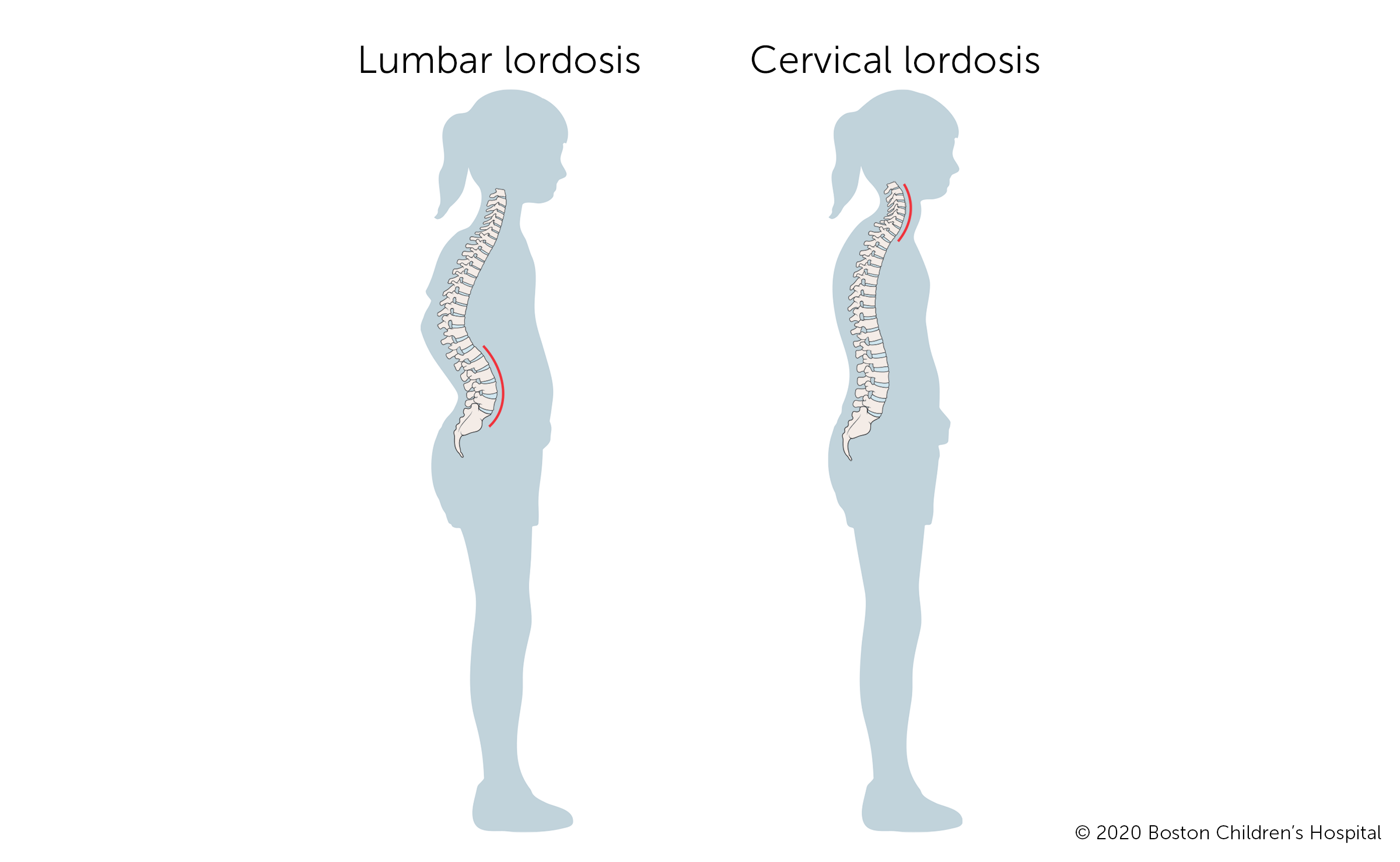
Quick Table: How Life Twists the Spine
| Reason | How It Messes with Curve | Can You “Fix” It? |
|---|---|---|
| Desk Living | Sitting too long weakens core, lets hips tilt forward | Move every hour, stretch, strengthen (we’ll get to that!) |
| Extra Pounds | Added belly weight pulls pelvis, deepening the arch | Core exercise + healthy routines helps a ton |
| Genetics or Age | Sometimes you just drew the short straw! | Support, therapy, and maybe acceptance |
| Underlying Conditions | Stuff like arthritis, osteoporosis, or spondylolisthesis pulls things out of whack | Talk to your doc early. Treatment can really help |
Oh, and if you’re like me and your posture after three hours of TikTok is basically “question mark with a phone,” know you’re not alone. Straightening up once in a while isn’t just old-school mom advice—it’s science-backed!
Curved Spine in Adults… Sometimes, It’s Complicated
Real Talk About Adult Spine Changes
If you’re scrolling here past the age of 30 (or, you know, 25 while feeling 75), you might have noticed new aches or a subtle shift in how your jeans fit. News flash: curved spine in adults isn’t rare. The lower back curve might get more pronounced, or it changes as tissues wear and muscles lose oomph (been there… still avoiding leg day, though).
You’ll sometimes see people worry about the distinction between a mild curve and something more, like curvature of the spine in adults due to scoliosis, lordosis, or other reasons. The symptoms might be sneaky—fatigue when standing, stubborn aches, or feeling like your hips and shoulders are uneven (check out real stories from HSS’s adult scoliosis page if you want the details).

Story Time: Linda’s “I Thought It Was Just Getting Older” Moment
Linda (not her real name because she’d roll her eyes at this) thought her “grandma posture” was just the cost of chasing grandkids. But—tiny red flag here—her back pain and occasional numbness down her leg turned out to be a sign of underlying curvature changes. Chatting with her physical therapist led to early intervention… and a DIY stretching routine that actually made a difference.
Can You Straighten It Out? (Or, The Myth of the Magic Stretch)
No Wands… Just Wisdom (And a Little Sweat)
Real talk: there’s no instant fix for a naturally curved spine (lower back) that’s gotten too curvy. But the bright side? For a whole lot of people, you can absolutely improve your comfort, flexibility, and quality of life with a few science-backed steps. Let’s toss perfection out the window—our goal is progress, not a Photoshopped spine.
Top Moves That Bring Relief
- Superman holds: Lie face down, lift your arms and legs like you’re pretending to fly. Hold for a few seconds, then relax. Seriously, you’ll feel like a dork, but your lower back will thank you.
- Quadruped reaches: On your hands and knees, extend one arm and the opposite leg. Wobble is normal—embrace the challenge!
- Pelvic tilts: Lying down, gently rock your pelvis back and forth. Great for finding your “neutral” spine and waking up sleepy core muscles.
- Standing hip stretches: Loosen up hips and thighs—they sneakily tug on your back curve every time you stand or walk.
Super practical tip: make these part of your morning routine (right after, or even before, coffee). I started leaving my yoga mat out by the coffee maker—zero excuses!
If you’re itching for more targeted options, check out straightening of lumbar spine treatment for up-to-date options beyond stretches (like therapy, supports, and advanced tweaks when you need them).
When Exercise Isn’t Enough
Leveling Up—Physical Therapy to Braces
If the gentle stuff isn’t doing the trick, don’t beat yourself up. Sometimes a professional touch is the missing piece, especially with more fixed curves or underlying bone/joint changes. Physical therapists are basically spine whisperers. They customize movements, teach you the subtle “micro-fixes” for your everyday posture, and help you build the kind of strength you really use (read: getting out of cars, not deadlifting a small car).
- Braces: Most common for growing teens—but sometimes adults benefit, too. (Warning: They’re not always comfy at first, but for some people the support is a game-changer.)
- Advanced treatments: If you’ve got a stubborn curved spine in adults due to progressive changes, surgery or minimally invasive options are there—but always as a last resort and after heaps of exploring non-surgical fixes.
Don’t forget—if you ever notice signs of a side-to-side curve (scoliosis, anyone?), or if your posture shifts drastically fast, it’s time to get a real medical opinion. Early checks mean more options, less hassle later (more on scoliosis types here if you’re curious).
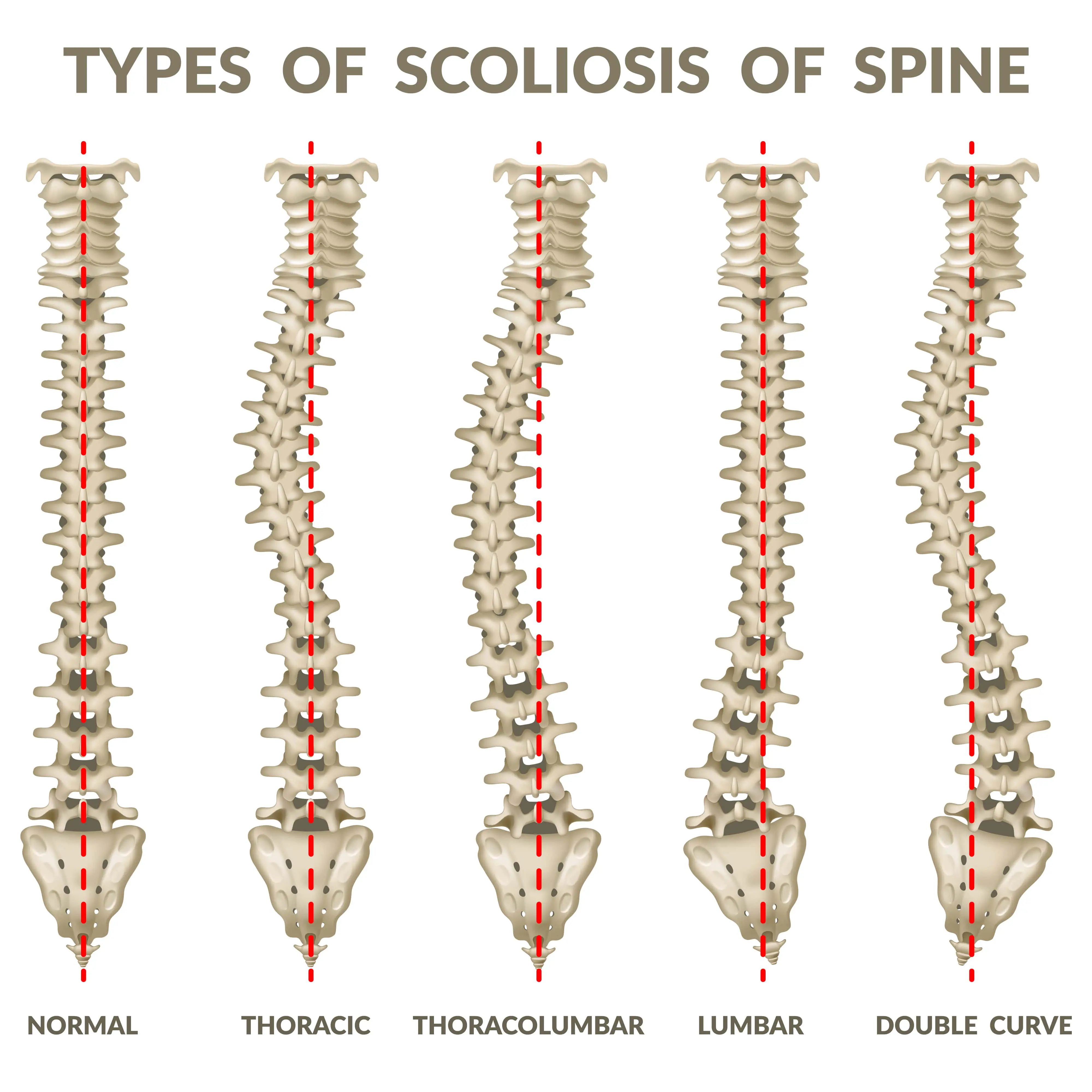
Everyday Wins: How to Live (Happily) with a Curved Spine
Little Habits, Big Impact
Change doesn’t mean upending your life. Sometimes, it’s the little tweaks that stick. Swap out those heels for cushy shoes, break up desk marathons with quick walks, and stretch before bed like you’re saying goodnight to every muscle. Motion is lotion for joints, right?
If you’re like my neighbor Jen—who realized her “new” neck pain was just her lower back curve throwing everything out of whack—start simple: roll your shoulders, check your posture in the mirror, and maybe try those superman holds together on a Zoom call. (Feel free to laugh—spine health is way less intimidating with friends.)
How Your Lower Back and Neck Are in This Together
Guess what? That curve in your lower back can mess with your neck, too. It’s like a domino effect—over-arching one part means another bends to “fix” things, often making shoulder, neck, or even jaw tension a regular guest. Pay attention to those upper body stretches; your whole spine will thank you later.
Wrapping Up—with (Genuine!) Encouragement
Look, spine stuff can feel overwhelming. But here’s what I wish someone had told me sooner: you don’t have to be perfect, and you’re absolutely not alone. That curved spine (lower back) of yours? It’s part of your story, not a flaw. A lot of us are doing this weird dance—balancing work, screens, life—and sometimes our bodies try their best but still need a little nudge in the right direction.
So, whether you’re dealing with a subtle swayback that just aches after a Netflix binge, or you’re bravely tackling changes from curvature of the spine in adults, there are paths to relief. It might be a five-minute stretch, a check-in with a PT, or even just sitting a little taller right now (yes, shoulders back—there we go). And if you want to browse more ideas, treatments, or real stories, don’t miss the options at straightening of lumbar spine treatment.
What’s your first move? Try one of these stretches, swap your shoes, laugh off a wobbly balancing act—and maybe tell a friend. Share the wins (and the fails) in the comments. We’re all a little bent; let’s get stronger, together. You’ve got this!

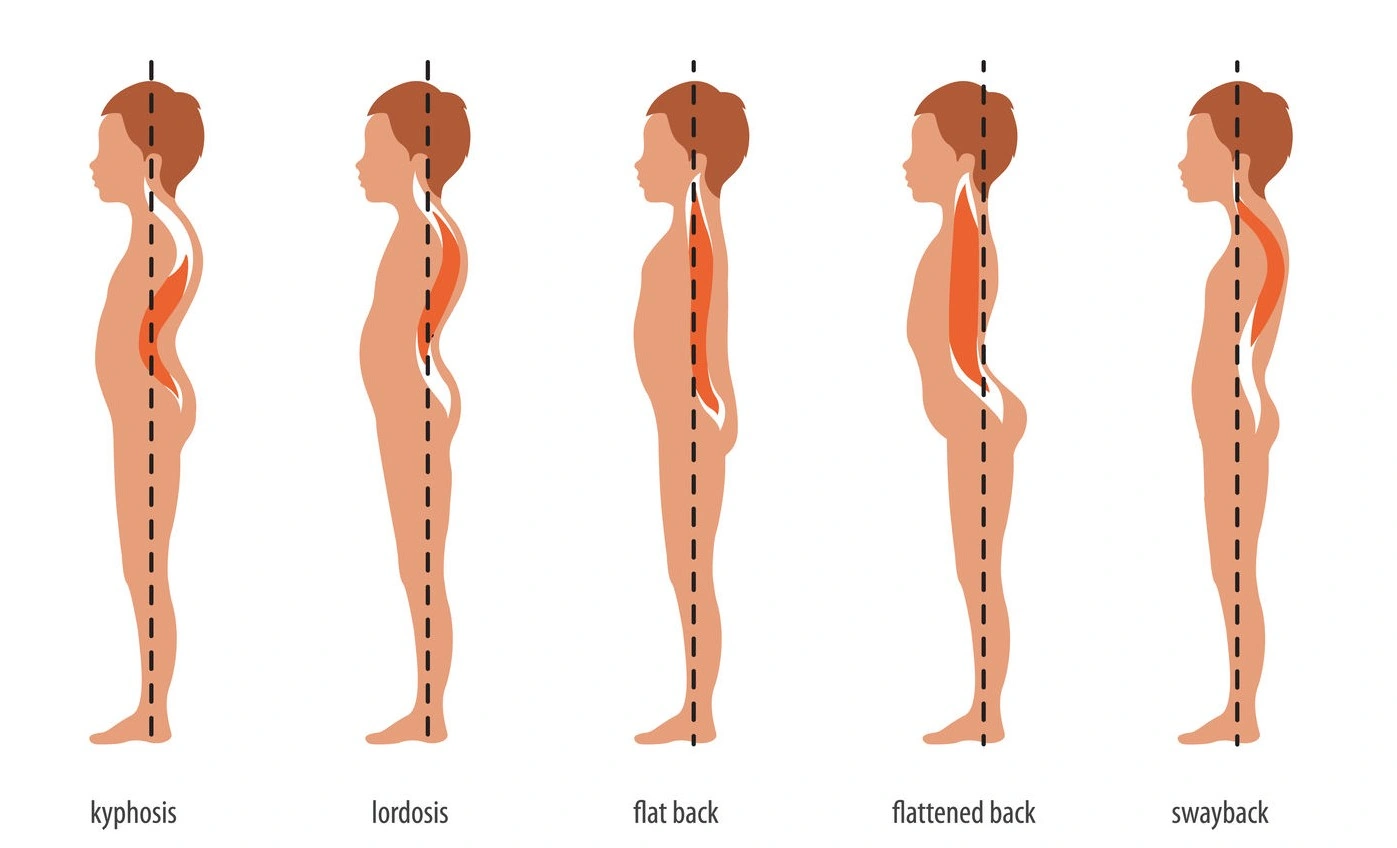





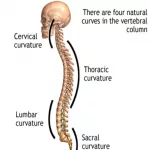

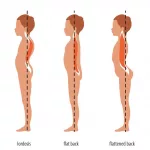




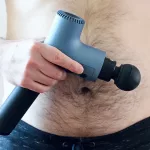
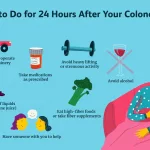


Leave a Reply
You must be logged in to post a comment.